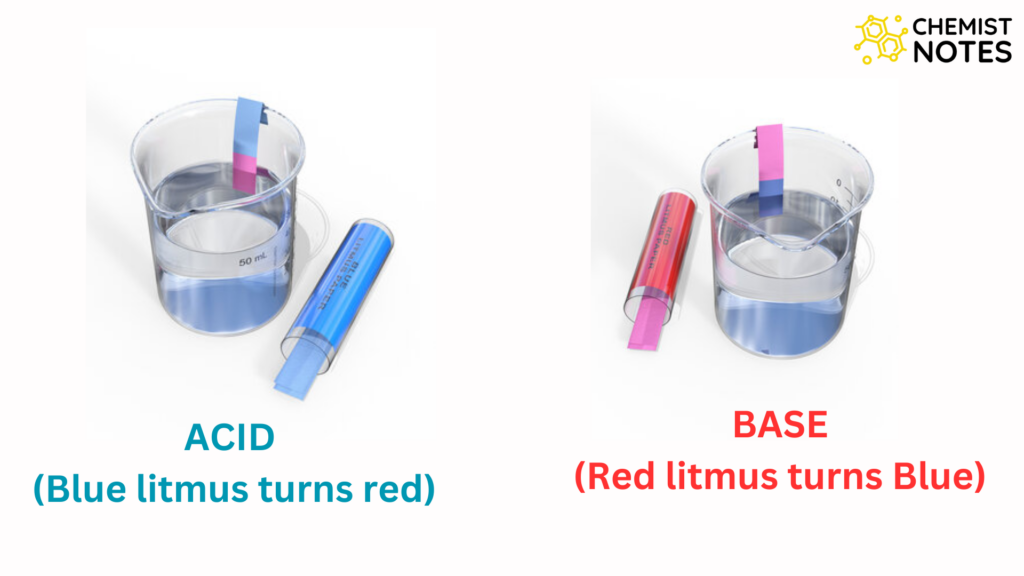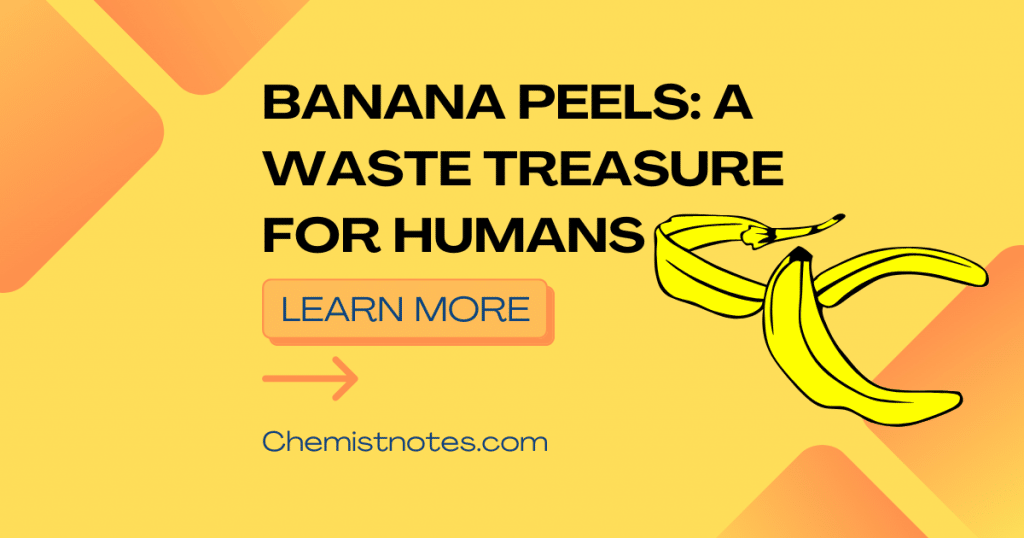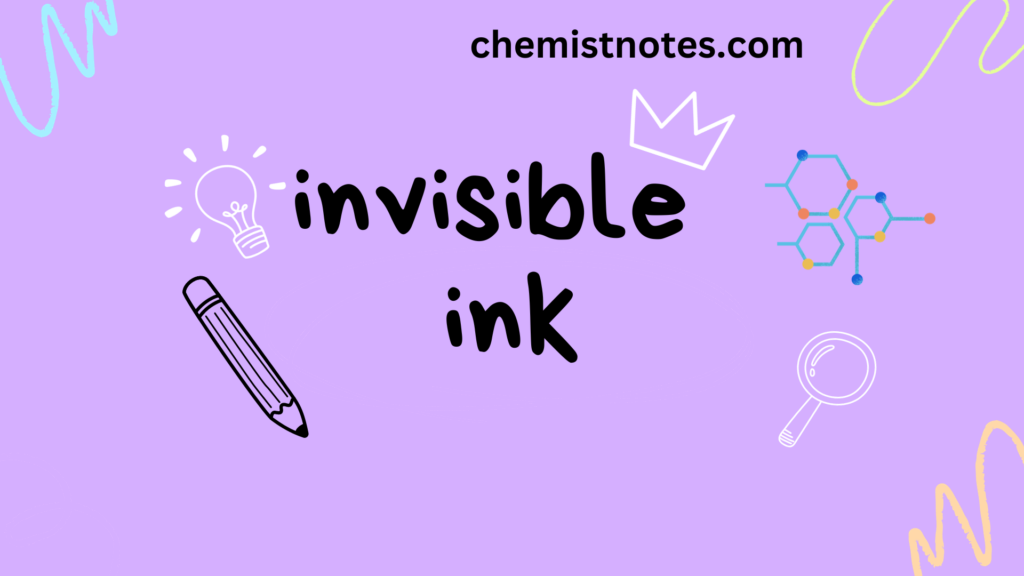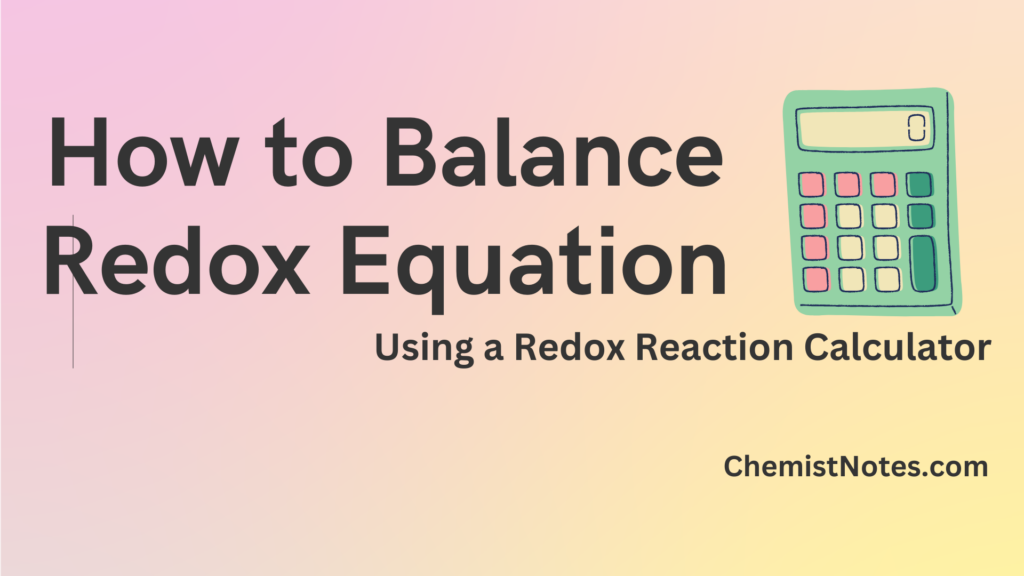Table of Contents
ToggleWhat is Litmus paper?
Litmus paper is a form of pH paper created by dying the paper with natural lichen dynes. By treating filter paper with any of the standard pH indicators, you can create paper test strips to determine the pH of an aqueous solution. Litmus was one of the first indicators used for this purpose.

History Behind Litmus paper
The term “Litmus” is derived from the Norse word for “dye” or “color”. Arnaldus de Villa Nova, a Spanish scientist, used litmus for the first time around 1300 CE. Since the 16th century, the blue dye has been extracted from lichens. Lichens contain between 10 -15 indicator chemicals and before becoming litmus, the lichens are carefully treated.
All the litmus paper acts as pH paper, but all pH papers are not “Litmus paper“.
How Litmus Paper Works?
Litmus paper works based on the principles of acid-base chemistry. The litmus dye has molecules that are sensitive to pH levels and change color depending on whether the solution is acidic or basic. When litmus paper is dipped into a solution, the hydrogen ions (H+) or hydroxide ions (OH-) in the solution react with the litmus dye on the paper. The abundance of H+ ions causes the litmus dye to turn red in an acidic solution. In a basic solution, the litmus dye turns due to the abundance of the OH- ions. The change in the structure of the dye molecules causes the absorption of light, resulting in a color change that can be seen by the naked eye.
Litmus Paper Test
The litmus test involves testing a number of substances to determine whether they are acidic or alkaline. The concept of an indicator should be presented as a means of distinguishing between the three possibilities, acid, alkali, and neutral, with litmus as the indicator.
Procedure
Place small quantities of the samples on watch glasses. The watch glasses can be set on a white tile labeled with the name of the substance (use a waterproof marker). If a solid sample is used, wet it with de-ionized water. Tear each piece of litmus paper into three smaller sections so that you can test at least nine different substances. Take one tiny piece of red litmus paper. Dip it into one of the substances to be evaluated. Repeat the process with a small piece of blue litmus paper. Create a suitable table and note all observations in it. After that, throw the litmus paper pieces in the dustbin.
Result
- When the compound is acidic: Red Litmus paper is unaffected while blue Litmus paper turns red.
- When the compound is alkaline: the blue Litmus paper is unaffected, and the red Litmus paper turns blue.
- The material is neutral if neither the red paper nor the blue paper changes color.
Applications of Litmus paper
- Red Litmus paper is used to test for the presence of a base in a solution.
- Red litmus paper is also used to test the pH level of cosmetics and personal care products, as high pH can irritate the skin.
- Blue litmus paper is mostly used to test the presence of an acid in a solution.
- Litmus paper is also used to test the pH of drinking water.
Alternatives of Litmus paper
Litmus paper uses have a few adverse impacts on the environment. For example, Its production requires energy and resources, waste of litmus paper cause pollution and harm wildlife, and chemical present in some type of litmus paper can be harmful to the environment. There are some alternative pH indicators that help to reduce environmental impact;
- Digital pH meters
- pH indicator solutions
- pH test strips
- pH electrodes
These devices are more expensive but provide a more accurate result.
Related Video
FAQs
How does blue litmus paper work?
In a basic solution, the litmus dye turns due to the abundance of the OH- ions.
How to find an acidic solution with litmus paper?
The substance is acidic when the blue Litmus paper turns red.
How to find the basic solution with litmus paper?
The substance is basic when the red Litmus paper turns blue.









